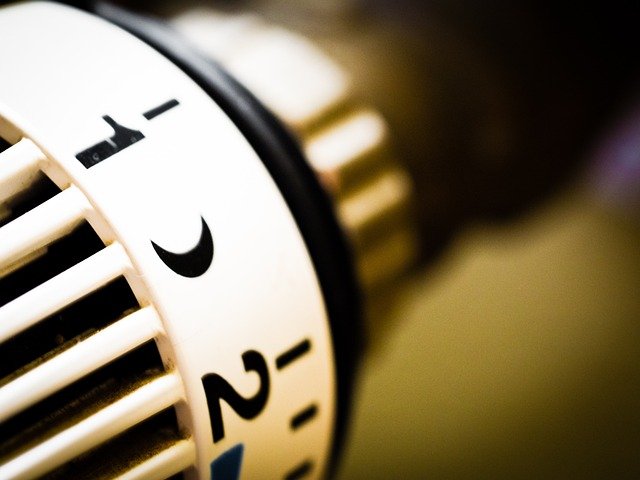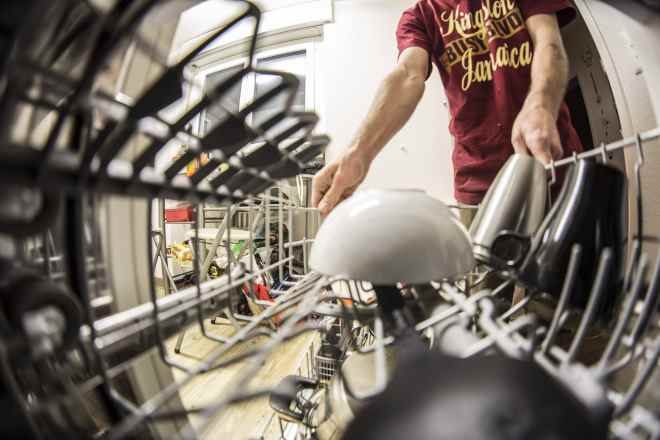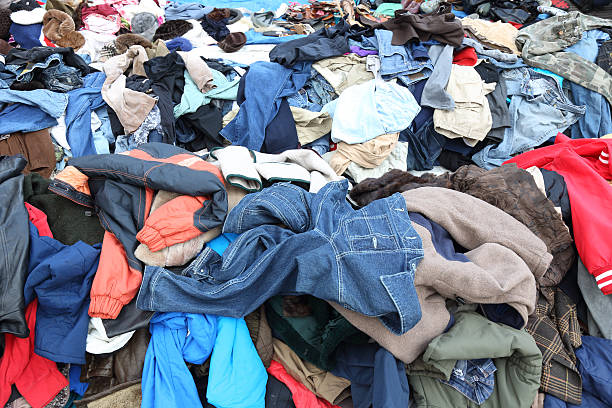Is Your Heating System Ready for Winter? Inspection & Repair Guide
As temperatures drop, your home’s heating system becomes essential for comfort and safety. Many homeowners only realize something’s wrong when the chill has already set in. This guide helps you understand how to prepare, inspect, and maintain your heating system before the winter season — so you can stay warm and avoid unexpected repair costs.

Preparing your heating system for winter involves more than simply turning up the thermostat. A comprehensive approach to maintenance and inspection can save you from uncomfortable nights and expensive emergency repairs during the coldest months of the year.
Why Seasonal Heating Check-Ups Matter
Regular seasonal maintenance serves as preventive medicine for your heating system. Professional technicians can identify worn components, clean essential parts, and optimize system performance before problems escalate. Annual check-ups typically reduce energy consumption by 10-15% and can extend equipment lifespan by several years. During these inspections, technicians examine heat exchangers, clean burners, test safety controls, and ensure proper ventilation. This proactive approach prevents carbon monoxide leaks, improves air quality, and maintains consistent heating throughout your home.
Key Signs Your Heating System May Need Attention
Several warning signs indicate your heating system requires professional attention. Unusual noises such as banging, squealing, or grinding sounds often signal mechanical problems. Inconsistent heating across rooms, frequent cycling on and off, or rising energy bills without increased usage suggest efficiency issues. Yellow or flickering pilot light flames in gas systems indicate combustion problems, while strange odors may signal electrical issues or gas leaks. Additionally, if your system is over 15 years old or requires frequent repairs, replacement might be more cost-effective than continued maintenance.
How to Find Local Heating Service Providers Safely
Selecting qualified heating professionals requires careful research and verification. Start by checking licensing requirements in your area, as most states require HVAC technicians to hold specific certifications. Verify insurance coverage and bonding to protect against potential damages or accidents. Request references from recent customers and check online reviews across multiple platforms. Obtain detailed written estimates from at least three providers, comparing not just prices but also services included, warranty terms, and response times for emergency calls. Avoid door-to-door solicitors and always verify company credentials through local business bureaus.
Common Heating Service Costs to Expect
Understanding typical heating service costs helps homeowners budget effectively and avoid overcharging. Annual maintenance visits generally range from $80 to $200, depending on system type and regional labor rates. Minor repairs such as thermostat replacement or filter changes typically cost $100 to $300, while major component replacements can range from $500 to $2,000. Emergency service calls often include premium charges of $100 to $200 above standard rates.
| Service Type | Cost Range | Typical Duration |
|---|---|---|
| Annual Maintenance | $80 - $200 | 1-2 hours |
| Thermostat Replacement | $150 - $400 | 1-3 hours |
| Blower Motor Repair | $300 - $800 | 2-4 hours |
| Heat Exchanger Replacement | $1,200 - $3,500 | 4-8 hours |
| Emergency Service Call | $200 - $500 | Varies |
Prices, rates, or cost estimates mentioned in this article are based on the latest available information but may change over time. Independent research is advised before making financial decisions.
Simple Maintenance Steps Homeowners Can Do Themselves
Homeowners can perform several basic maintenance tasks to keep their heating systems running efficiently. Replace air filters monthly during heating season, as clogged filters reduce airflow and strain the system. Keep vents and registers clear of furniture, curtains, and debris to ensure proper air circulation. Clean around outdoor units, removing leaves, snow, and ice that can block airflow. Test thermostats by adjusting temperature settings and verifying system response. Check and seal air leaks around windows, doors, and ductwork to reduce heating load. However, avoid attempting repairs involving gas lines, electrical connections, or internal components, as these require professional expertise and can pose safety risks.
Proper winter preparation for your heating system combines professional maintenance with homeowner vigilance. Regular inspections, prompt attention to warning signs, and basic upkeep ensure reliable performance throughout the cold season. While some maintenance tasks can be handled independently, complex repairs and safety-critical components require qualified professionals. Investing in proper heating system care provides comfort, safety, and long-term cost savings for your home.




